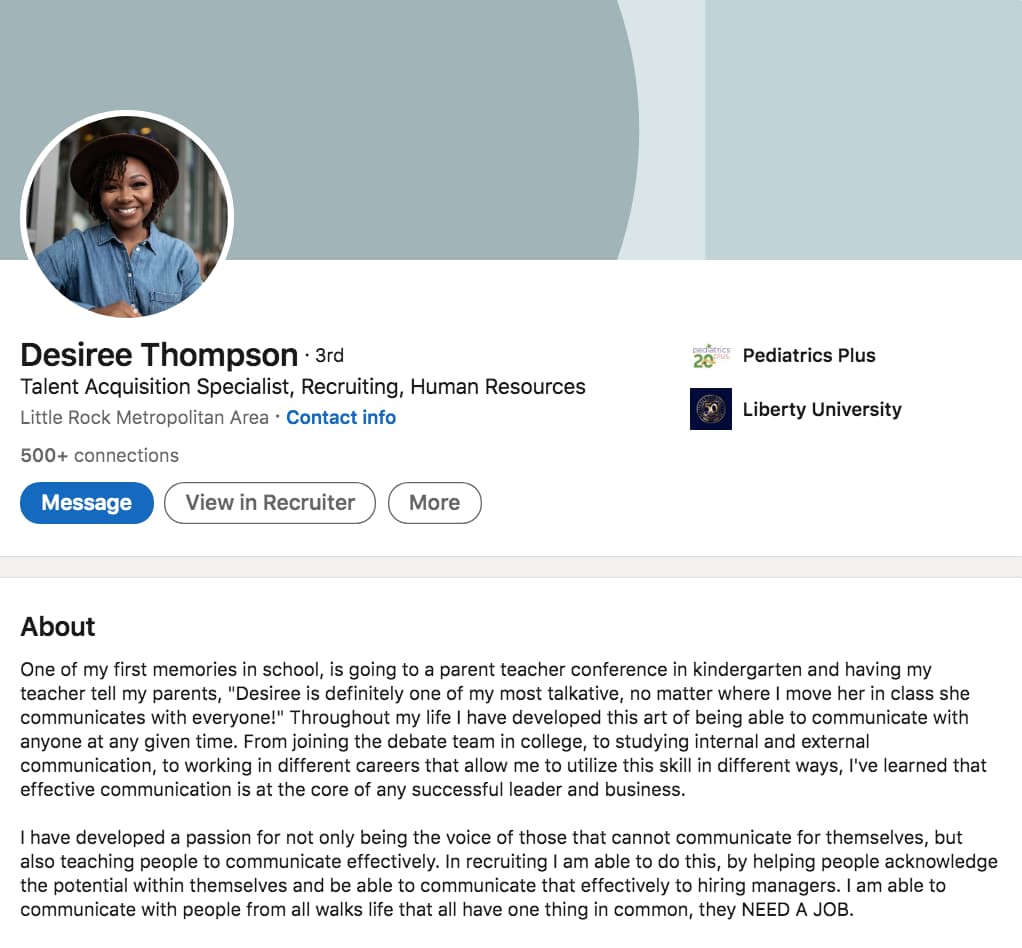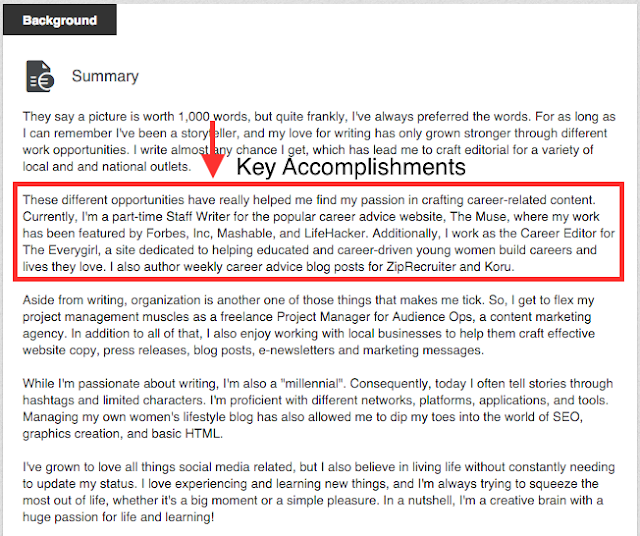

How to have ChatGPT write your LinkedIn summary step-by-stepĪs mentioned, a general prompt like “Write a LinkedIn summary” will result in a generic LinkedIn summary. You can tweak details here and there until it's completely to your liking. You can provide specific inputs, such as your job industry and desired role, to ensure that the AI generates a summary tailored to your unique career goals. Remember that the AI is trained on huge amounts of data, so it probably knows more about writing summaries than you do. ChatGPT's advanced language capabilities ensure that your summary will be well-structured, coherent, and engaging. And, often, even better quality, to be honest. ChatGPT can help you generate a polished summary much faster than writing it from scratch. Crafting a well-written summary can be time-consuming and challenging. When you provide specific details about your skills, experiences, and career goals, ChatGPT can help you create a LinkedIn summary that not only showcases your expertise but also appeals to your target audience. So, why should you consider using ChatGPT for your LinkedIn summary? Hence, if GPT is the “brain”, ChatGPT is the “mouth”.

ChatGPT, then, is an application that leverages GPT to interact with users conversationally.

In simple terms, GPT is the underlying technology that powers AI applications, including ChatGPT. These models have been trained on massive amounts of internet data to generate human-like text.ĬhatGPT, on the other hand, is a specific AI chatbot that utilizes the GPT language model (currently GPT-3.5) to engage with humans in a conversational manner. GPT refers to a series of large language models, such as GPT-3, GPT-3.5, GPT-3.5 turbo, and GPT-4, which form the “brain” of various AI applications, including chatbots. Now, there might be some confusion between ChatGPT and GPT-4 (or GPT-3.5, etc.) This enables the AI to understand context and generate relevant text output based on your prompts. ChatGPT is an AI chatbot developed by OpenAI that uses advanced machine learning algorithms that have been trained on vast amounts of text data.


 0 kommentar(er)
0 kommentar(er)
